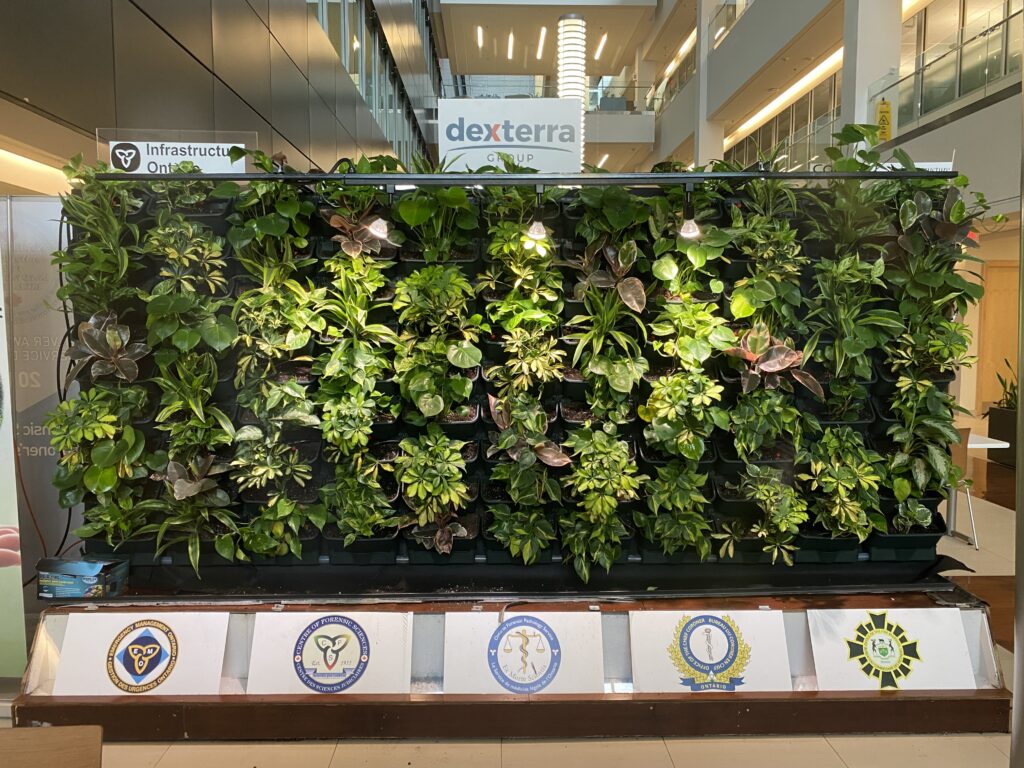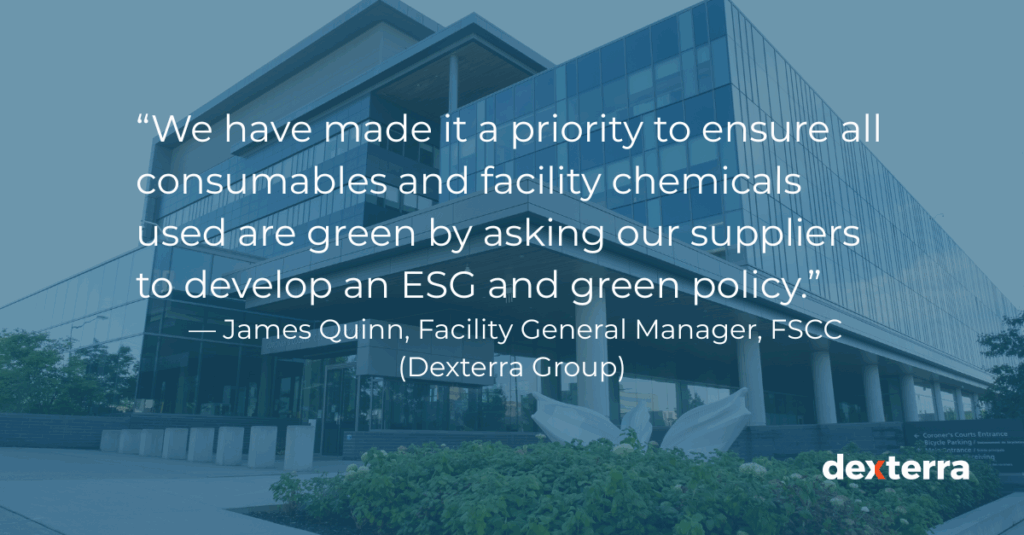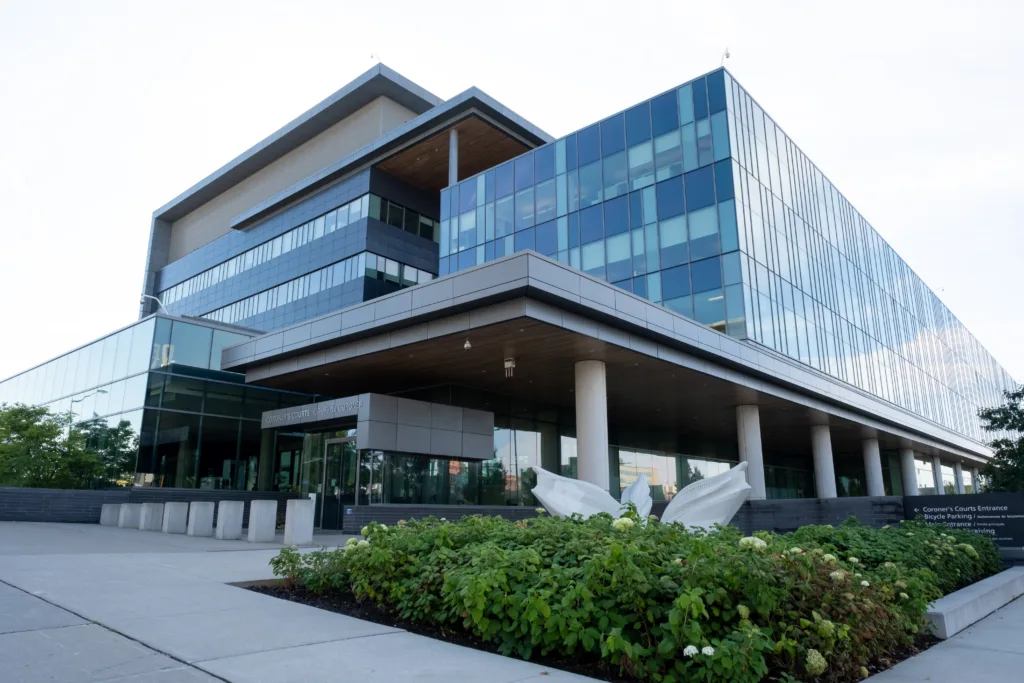In the heart of North Toronto stands one of the most sustainably operated government buildings in Ontario — the Ontario Forensic Services and Coroner’s Complex (FSCC) with both LEED and BOMA BEST® certifications.
It addresses critical aspects such as scope 3 emissions and demonstrates what’s possible with embedded sustainability in facility management. Moreover, it provides a roadmap for other facilities aiming to reduce their environmental impact, particularly in managing Scope 3 emissions.

What does Scope 3 Emissions Mean?
Scope 3, or indirect emissions, are the most complex and often overlooked source of a building’s carbon footprint. These emissions are the indirect greenhouse gas emissions occurring across a building’s value chain. This includes everything from the production and transport of goods and services to waste generation and business travel. For facilities management teams, understanding scope 3 emissions includes considering the sourcing of supplies, HVAC parts, and emissions from service providers commuting to the site.
While often the most difficult to measure, Scope 3 emissions can account for up to 70% of a building’s total carbon footprint, making them a critical focus for any organization striving for net-zero.
Tackling Scope 3: The Hardest Emissions to Measure
The FSCC features rooftop beehives, Indigenous gardens, plant-filled living walls, and abundant natural light – showing its commitment to sustainability on the outside. However, tackling Scope 3 emissions needed more than this.
“Scope 3 emissions are the hardest to track, but they make up the majority of emissions in commercial real estate,” says Manasi Koushik, Dexterra Group’s VP of Sustainability, Quality & Community, emphasizing the importance of managing scope 3 emissions in facilities management.
To better understand and manage Scope 3 emissions at the FSCC, Dexterra conducted a materiality assessment. They identified the ESG topics most relevant to FSCC’s impact — including sustainable procurement, Indigenous relations, and energy efficiency.
This led to a more refined supply chain strategy and agreements with suppliers. Manasi shares, “You can put the onus on that producer and say, ‘This is our philosophy. This is our policy on waste materials. We will not accept single-use plastics or throw-away materials. If you bring that to our location, you will take it back,’ which is then embedded in your contract agreement with the supplier.”
“It’s an exercise in business integrity,” she adds. “It’s about businesses becoming more aware of what impacts their activities have and understanding that we’re all connected. This encourages organizations to consider scope 3 emissions as a critical component in facilities management.”

A Blueprint for Better Buildings
The FSCC building shows that sustainable operations are not only possible in complex, high-security government buildings — they’re scalable. By addressing scope 3 emissions in facilities management with the right strategy, any facility can take steps toward reduced emissions. Engaging suppliers and utilizing measurement tools are part of this approach.
Read more about Sustainability at Dexterra: A Model for Greener Facilities: Tackling Scope 3 EmissionsWhat This Means for Other Facilities
If you’re managing a facility, ask yourself:
- Are we tracking emissions across our supply chain to understand scope 3 emissions in facilites management?
- Do our vendors have sustainability targets?
- Are sustainable procurement policies embedded in our contracts?



